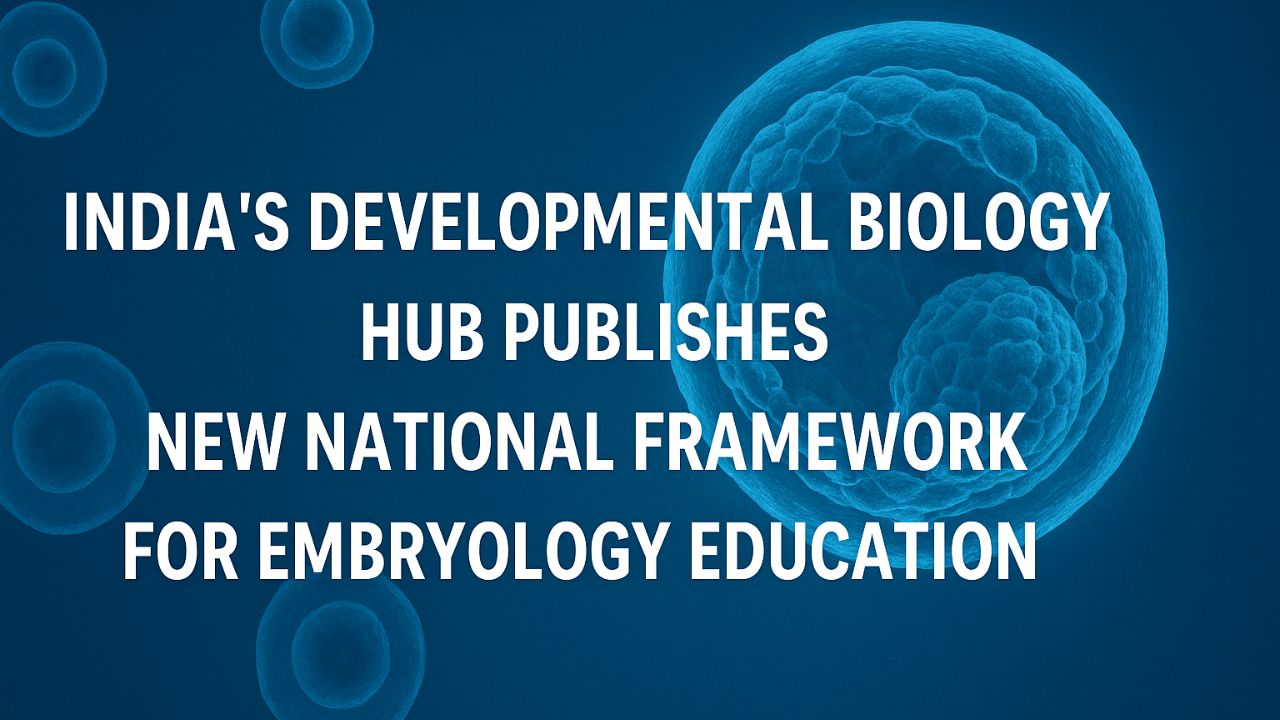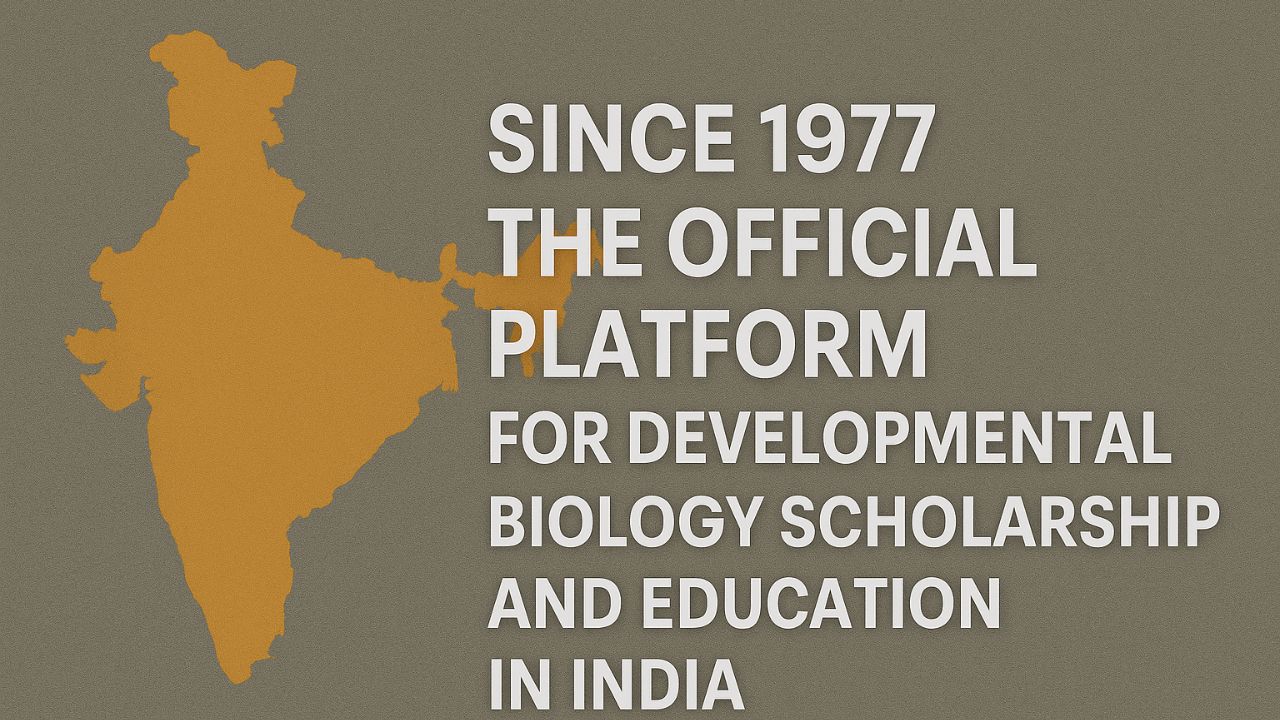New National Framework – India has taken a transformative step in life sciences education with the launch of a new National Framework for Embryology Education by its central Developmental Biology Hub. This comprehensive guideline aims to modernize embryology education in line with international standards, ensuring students gain both theoretical insight and practical competence in one of biology’s most intricate fields. The framework is expected to be adopted by leading universities, medical colleges, and research institutes nationwide. The initiative is aligned with the New Education Policy (NEP 2020) and supports India’s vision to become a global hub in biomedical and life sciences research. It emphasizes interdisciplinary learning, advanced lab integration, and early exposure to modern research methods in human and animal development.
Key Objectives of the New Framework
This newly launched framework outlines specific academic goals and practical targets to uplift embryology education across institutions.
- To establish a uniform curriculum across medical and biological institutions
- To integrate molecular and developmental genetics into traditional embryology
- To promote lab-based skill training using model organisms and simulation tools
- To align embryology education with global research and clinical practices
- To encourage student-led research and collaboration in developmental biology
Core Areas Covered in the Curriculum
The curriculum under the framework is detailed and spans foundational to advanced concepts. It promotes a layered learning approach:
- Classical Human Embryology – Gametogenesis, fertilization, and organ development
- Comparative Embryology – Evolutionary perspectives from different species
- Genetics & Molecular Basis – Role of genes and morphogens in development
- Embryological Techniques – Microinjection, imaging, and model organisms like zebrafish
- Clinical Applications – IVF, prenatal diagnostics, and congenital disorders
- Ethical and Regulatory Frameworks – Guidelines for research involving embryos
Curriculum Breakdown by Year
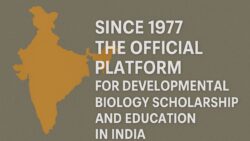 Since 1977 The Official Platform for Developmental Biology Scholarship and Education in India
Since 1977 The Official Platform for Developmental Biology Scholarship and Education in India
| Year | Core Modules | Lab Focus Areas | Research Integration |
|---|---|---|---|
| 1st | Human Reproduction, Gametogenesis | Microscopy, Sample Staining | Literature Review |
| 2nd | Organogenesis, Developmental Stages | Chick & Zebrafish Embryo Studies | Comparative Reports |
| 3rd | Molecular Embryology, Gene Regulation | PCR, Gene Expression Analysis | Mini-Projects |
| 4th | Clinical & Ethical Aspects, Stem Cells | IVF Models, Genetic Mapping | Capstone Research |
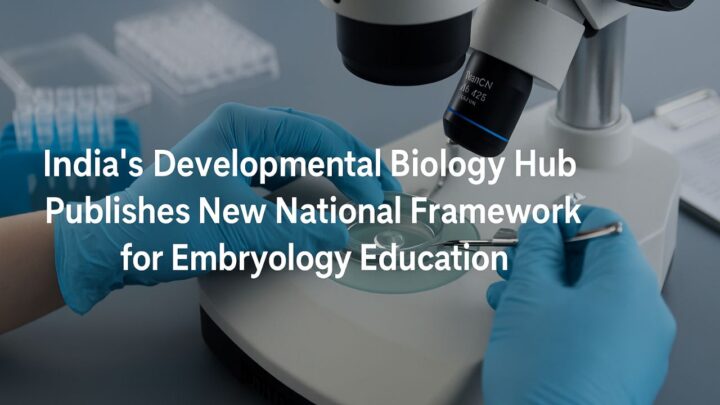
Collaboration with International Experts
To ensure global competitiveness, the Hub collaborated with international embryologists and educational institutions. Workshops and online training modules from Stanford University, Cambridge, and Tokyo Institute of Technology are being integrated into the curriculum.
Benefits of International Alignment:
- Enhances global mobility of Indian graduates
- Encourages cross-border research in embryonic development
- Promotes exchange programs for post-graduate students and fellows
Role of Technology in Embryology Education
Modern technology is now central to how embryology is taught and understood. The framework highlights the use of digital tools and AI to simulate developmental processes and improve visualization.
Notable Technological Inclusions:
- 3D modeling of embryos
- Virtual lab experiments using AR/VR
- Time-lapse embryonic imaging platforms
- AI-powered simulation of gene editing
These tools are being funded under the “Digital Biosciences” initiative of the Department of Biotechnology.
Impact on Students, Teachers, and Institutions
The new framework is set to impact various stakeholders in the biological education ecosystem.
For Students
- Better preparation for clinical research roles
- Hands-on skills for laboratory jobs and biotech industry
- Easier transition to foreign research institutes or Ph.D. programs
For Educators
- Standardized teaching templates and module blueprints
- Regular capacity-building workshops funded by DBT
- Access to shared national database of embryological specimens and images
For Institutions
- Opportunity to become Nodal Centres of Developmental Biology
- Eligibility for infrastructure grants under DBT and AICTE
- Improved NAAC and NIRF rankings due to research output
Funding and Implementation Timeline
The Developmental Biology Hub will oversee the implementation in collaboration with DBT, UGC, and AIIMS. Pilot adoption has already begun in select colleges.
Funding & Support
| Scheme Name | Funding Body | Amount Allocated | Year Started |
|---|---|---|---|
| Bioscience Education 2.0 | DBT | ₹250 crore | 2025 |
| National Digital Bio Labs | MHRD | ₹150 crore | 2025 |
| Life Science Bridge Grant | UGC-International | ₹80 crore | 2026 |
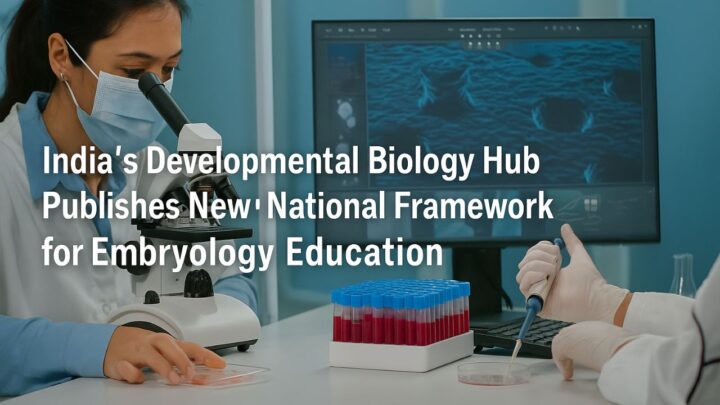
Rollout Plan
- Phase 1 (2025–26): Top 100 medical & bio colleges
- Phase 2 (2026–27): 300+ universities with biology departments
- Phase 3 (2027): All public and private life science institutions
Feedback and Policy Revision Strategy
To maintain relevance, the framework includes a built-in feedback mechanism.
Revision Channels
- Annual surveys from students and faculty
- Peer review by national and global embryology panels
- Online public comments portal through DBT site
Proposed Update Frequency
The framework will be revised every three years, with interim changes allowed based on rapid advances in research.
FAQs
Q1. What is the purpose of the new embryology education framework?
The purpose is to modernize and standardize embryology education across India to meet global standards and boost research outcomes.
Q2. Will this framework apply to private colleges too?
Yes, private colleges with life science or medical programs are encouraged to adopt it from Phase 2 onward.
Q3. Are there any new technologies involved in teaching under this framework?
Yes, the framework includes 3D modeling, AR/VR labs, gene editing simulations, and AI-based visual tools.
Q4. How does this help students planning to go abroad for higher studies?
The internationally aligned curriculum ensures Indian students are well-prepared for global research and academic environments.
Q5. Who is funding this initiative?
The initiative is jointly funded by DBT, MHRD, UGC, and supported by international academic collaborations.
